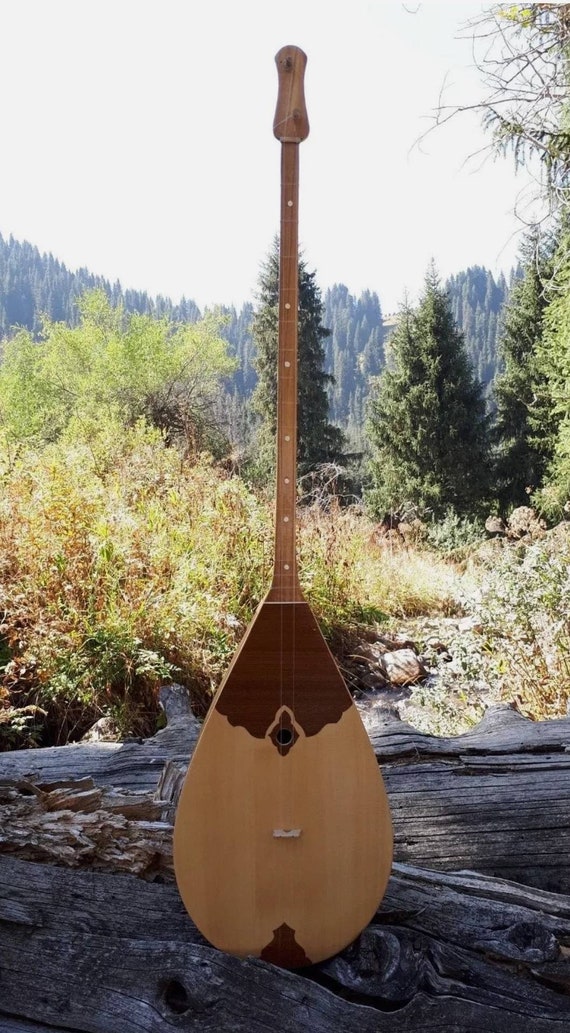continental drift 11/30/22: kazakhstan
 Today we are drifting to the transcontinental country of Kazakhstan. Listen to the playlist here, and listen back to the episode here.
Today we are drifting to the transcontinental country of Kazakhstan. Listen to the playlist here, and listen back to the episode here.
Kazakhstan, also spelled “Qazaqstan,” is located in central Asia and eastern Europe. It is the ninth largest country in the world by land area, and the largest Muslim-majority country. National languages are Kazakh and russian. The name Kazakhstan comes from the turkish “qaz,” to wander, and the persian “-stan,” land of, combining as land of the wanderers. This refers to the long tradition of nomadic cultures in the country. The country is often referred to as “the steppes,” referring to its extensive grasslands.
There is a Kazakh national legend about the origins of music that tells of a “divine song,” soaring high in the sky once upon a time, flew above the steppe of Kazakh nomads and descended to Earth, bestowing musical gifts.

A dombra
Traditional Kazakh music is fronted by two instruments: the kylkobyz and the dombra. The kylobyz is a two stringed bow instrument, and the dombra is a two string plucked instrument. Strings, therefore, are very important in the musical culture of the country.
Strings segment:
Aïdos // Aq-Zhusan Imanghazy-qyzy
Ak Ozen // Folk Ensemble of the Presidential Orchestra
In 1936, Kazakhstan became the Kazakh Soviet Socialist Republic within the Soviet Union, and in 1988 was the last of the Soviet Republics to declare independence. Russian influence is seen greatly in Kazakh music. The Russians created musical academic institutions and European music was both taught and performed, permeating into Kazakh public consciousness. Kazakh music was also incorporated into the musical education and performances, creating a blend of European and Kazakh styles.
Classical/Traditional segment:
Adai // Kurmangazy Sagyrbayuly, Aizat Yusupdzhanova
String Quartet No. 1: III. Allegro assai // Arman Zhaiym, Kazakh State String Quartet
Erke Sylkym // The Magic of the Nomads
Rock music became popular in the 1960s because of the Beatles. In the beginning, only American, Russian, and English rock was popular, though Kazakh rock bands began to emerge after that. Our next couple of songs show rock music with a heavy traditional influence, as is common in the country.
Rock Segment:
Yapur-ai / Regret // Roksonaki
So I Love You Heavens Now // Buttness
Hip hop is prevalent in Kazakhstan, especially as performed in Russian. We cannot talk about Kazakh hip hop without mentioning Rap Zone, the first and most widespread rap artist. They emerged in the mid 1990s, put out one album on cassette, and then disappeared. One of them became a photographer, one moved to Belarus, and one is involved in business. Nevertheless, they left a huge impact on Kazakh music and the teens at the time.
Hip Hop Segment:
Идиллия (как ЭТО по науке) Idyll (as it is in science) // Rap Zone
Жанна Jeanne // Dramatic
Звон Бокалов Clink of Glasses // Metis’s
Koka // Shiza, Yenlik
Q-pop is Kazakhstan’s take on K-pop and its culture. The “Q” comes from the alternative spelling of Kazakhstan with qs (Qazaqstan). Q-pop is important because it appeals greatly to the younger generation and is also predominantly performed in Kazakh.
Gakku TV producer Timur Baimbetov believes that music listening in the native language, plays an important role in strengthening the national identity of the young state.
“We suffered from little brother syndrome, being a neighbor of Russia. We are accustomed to the fact that everything that comes from Russia is better than our own. Now we can compete in the field of music.”

Ninety One
Q-pop segment:
1DEI // Ninety One
SÓZ BERE ALMAIM // ALPHA
Dequine
INTROVERA
